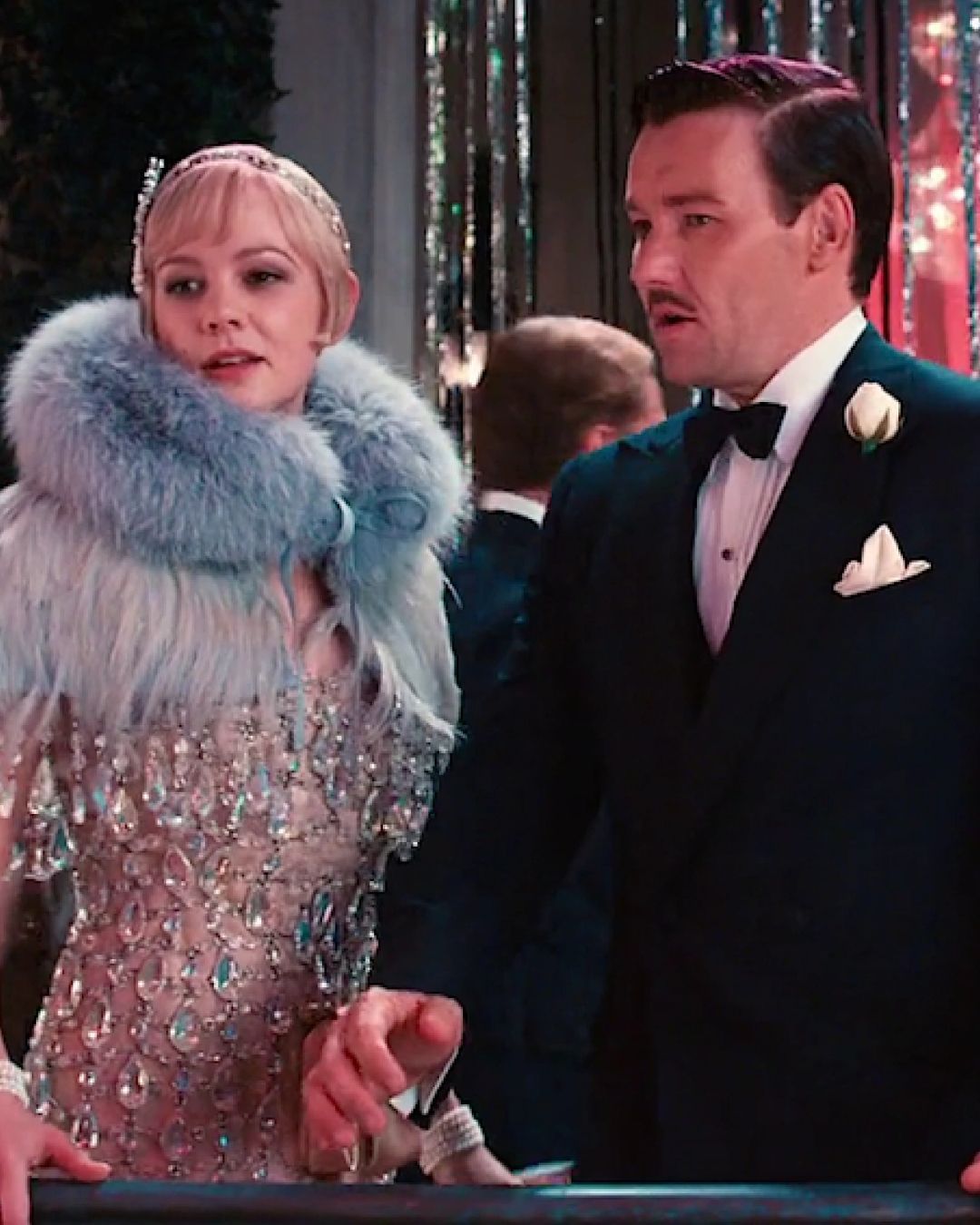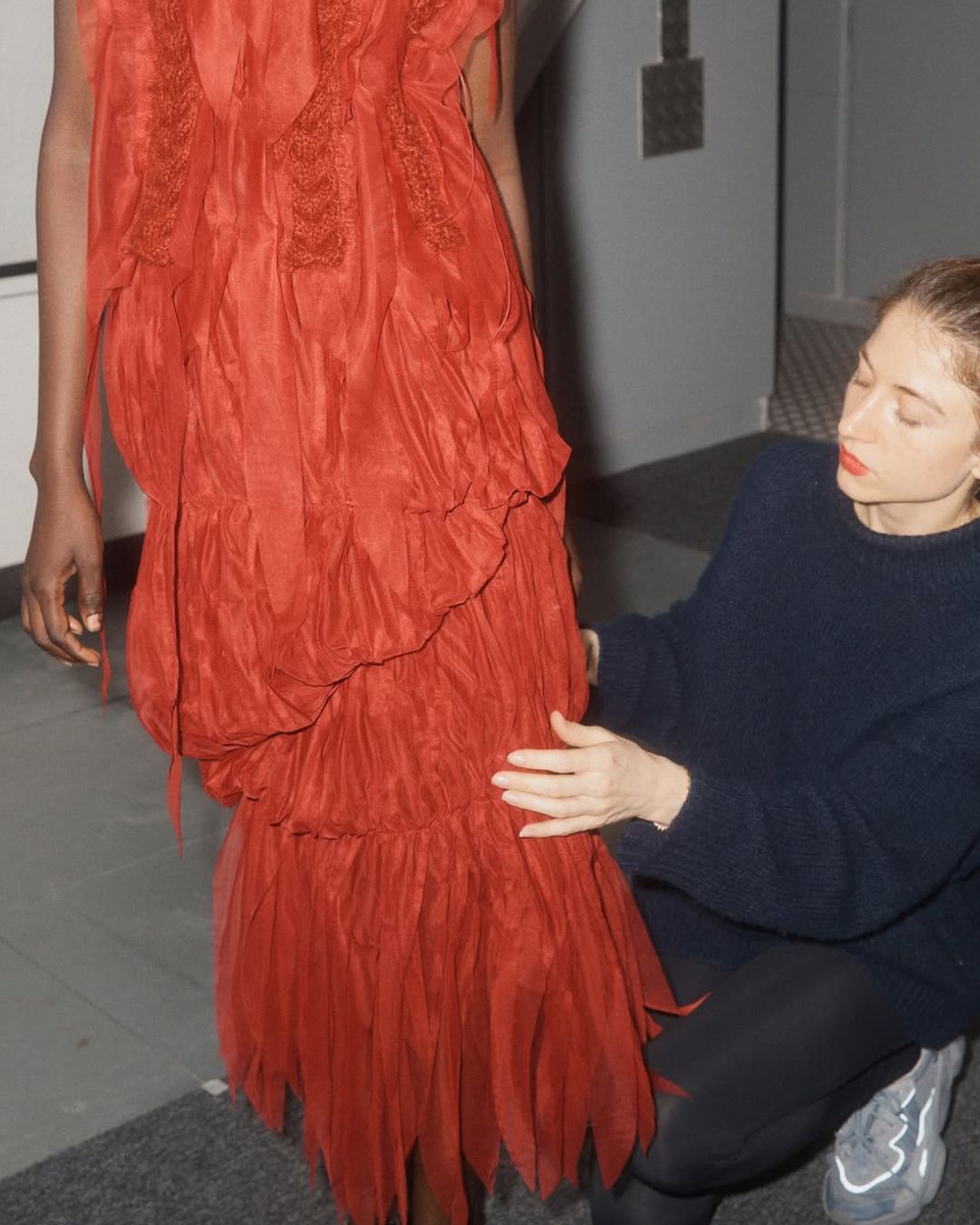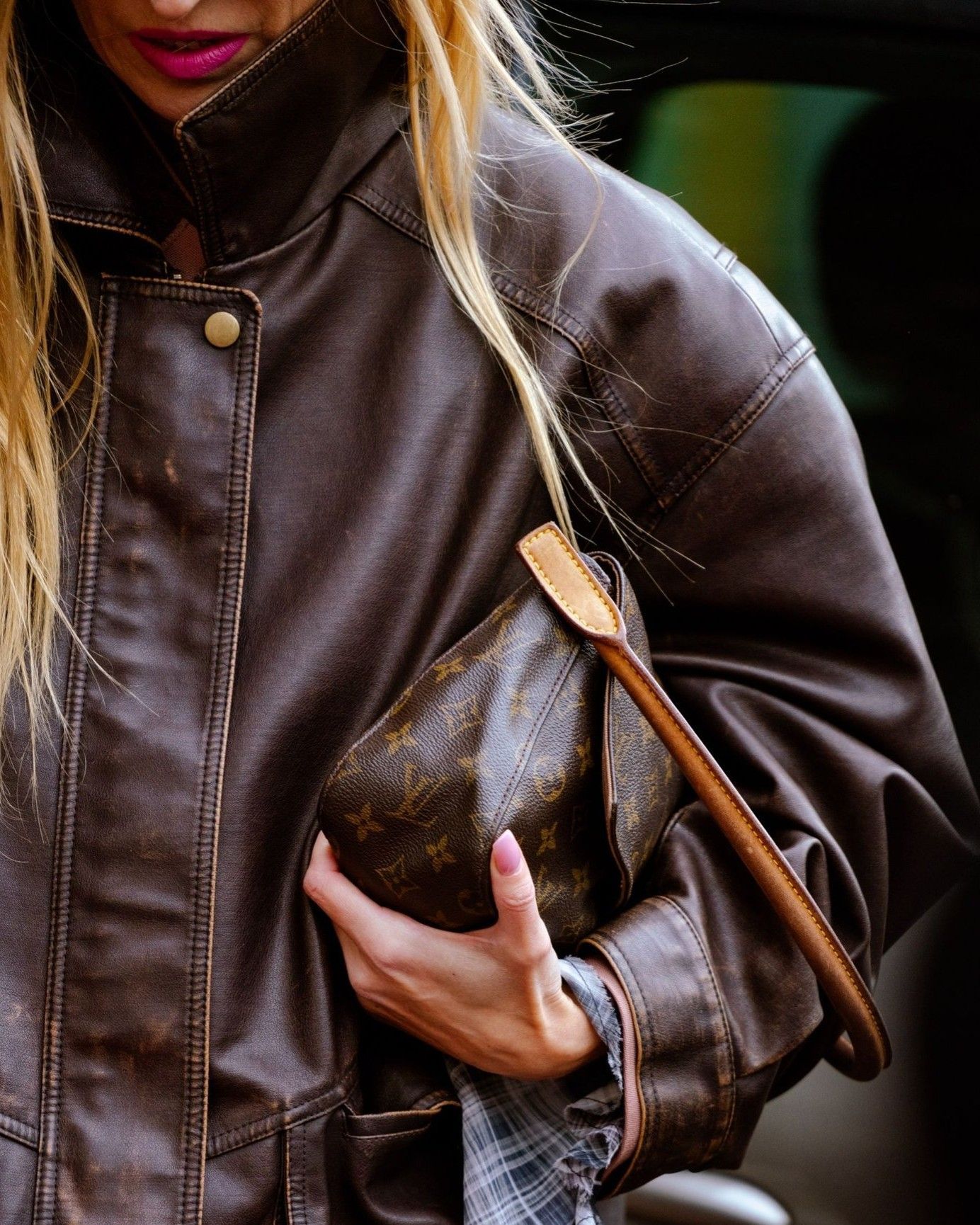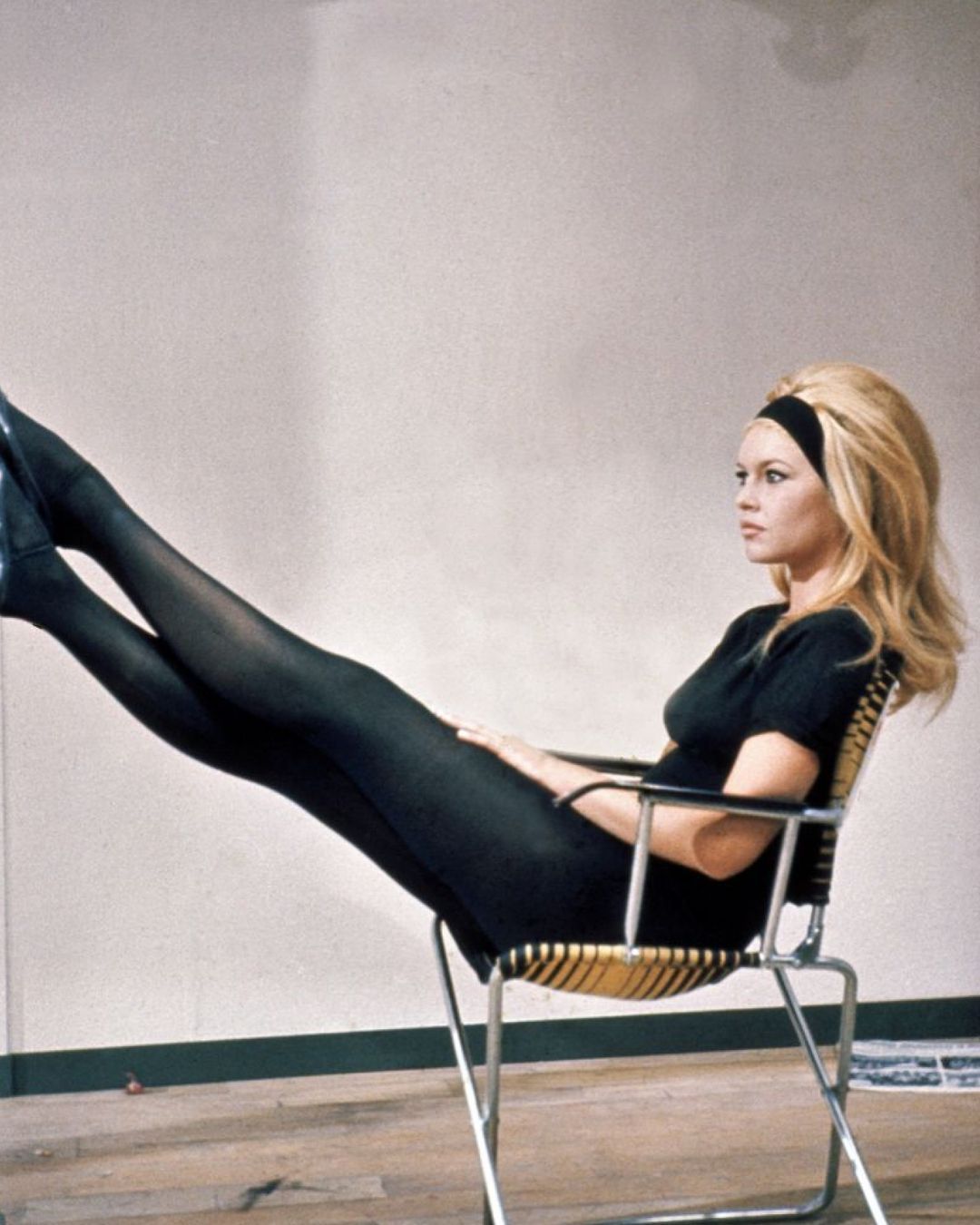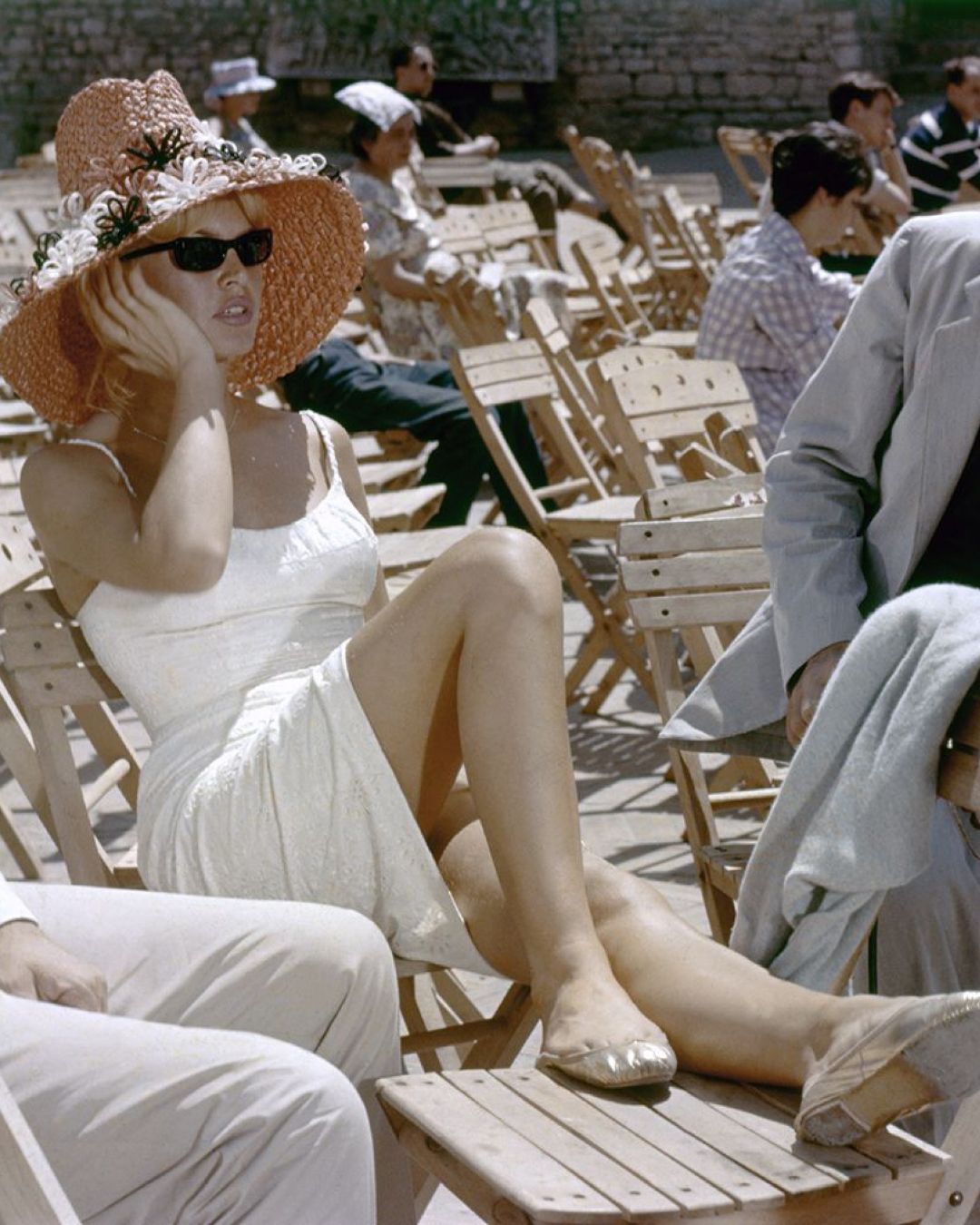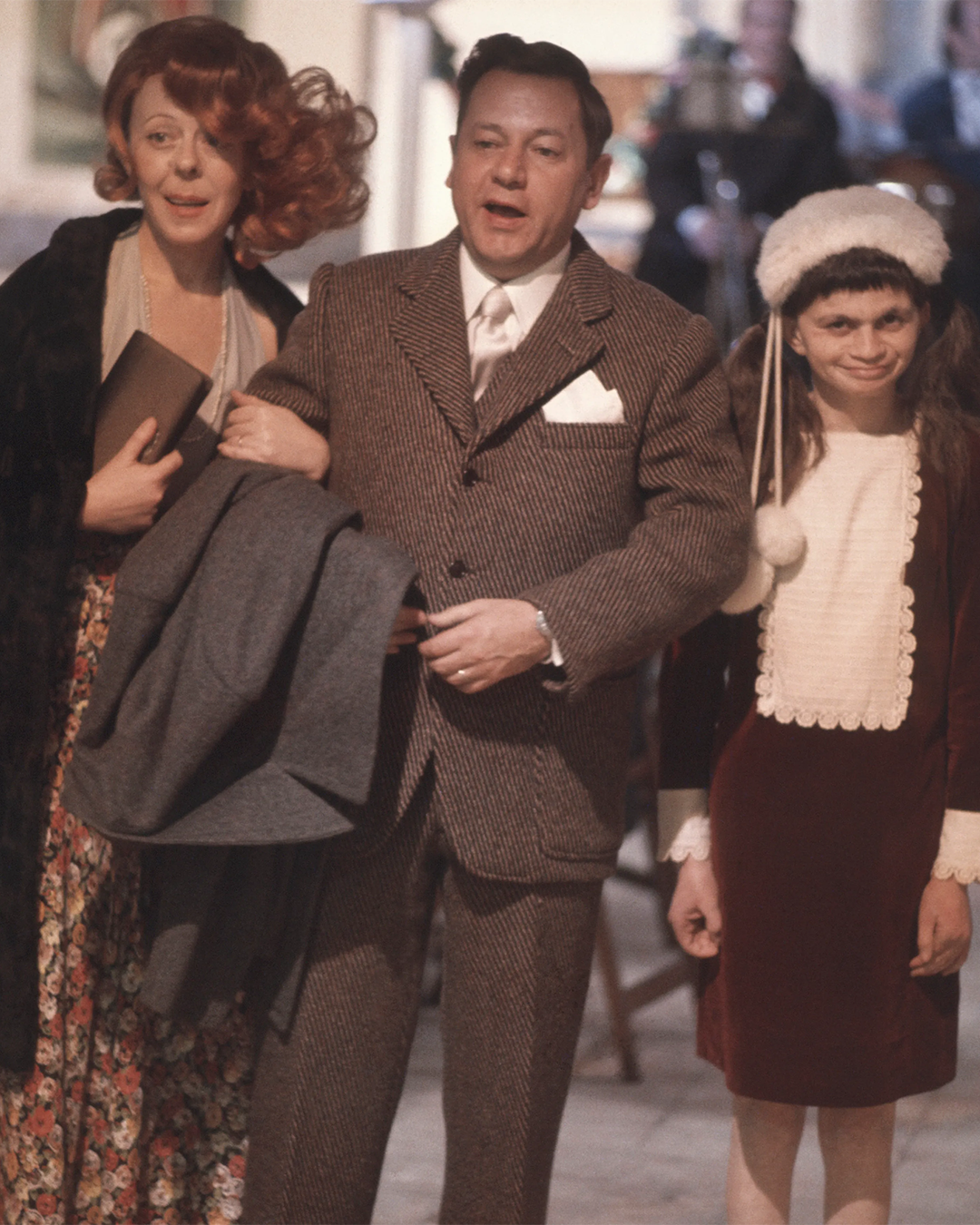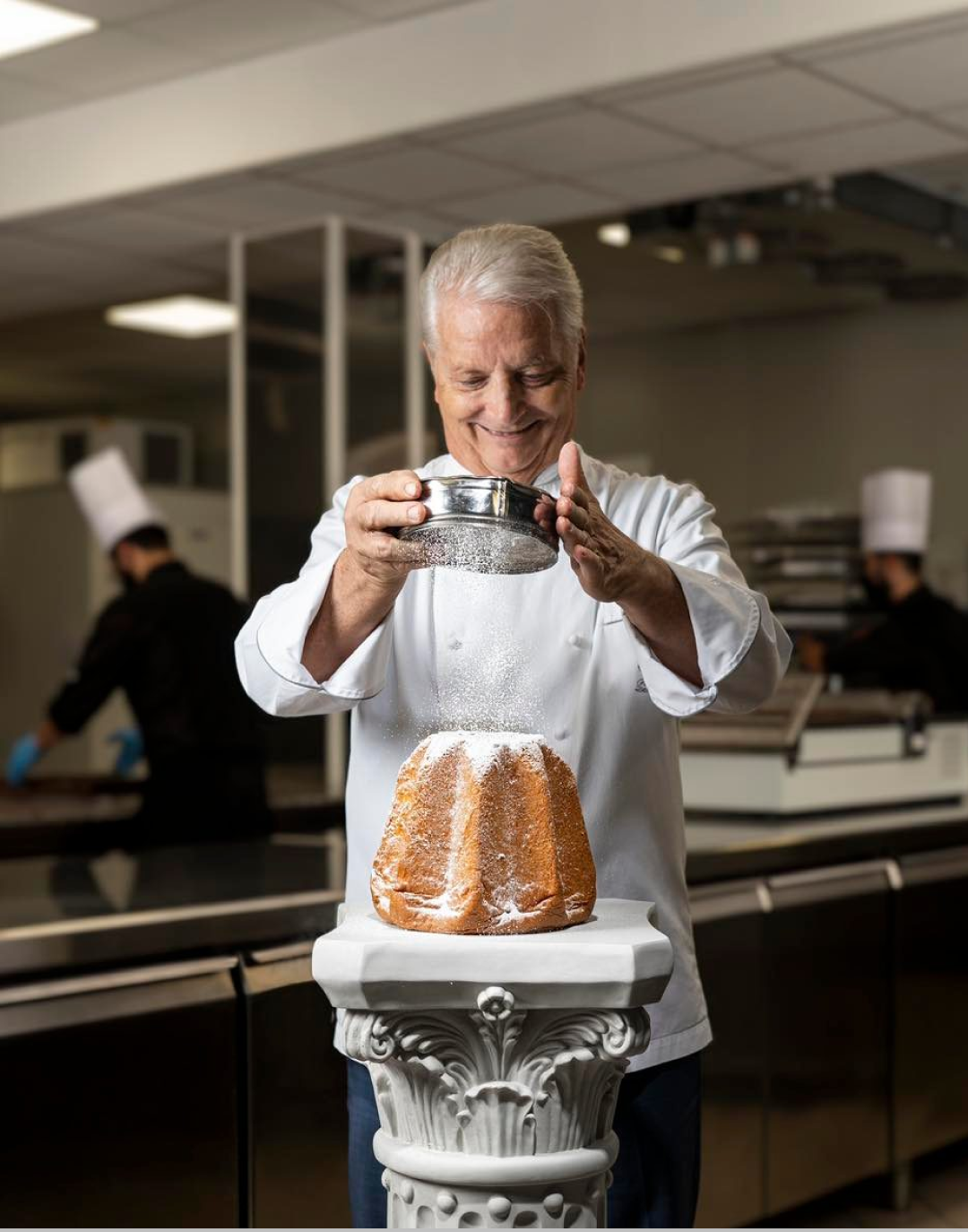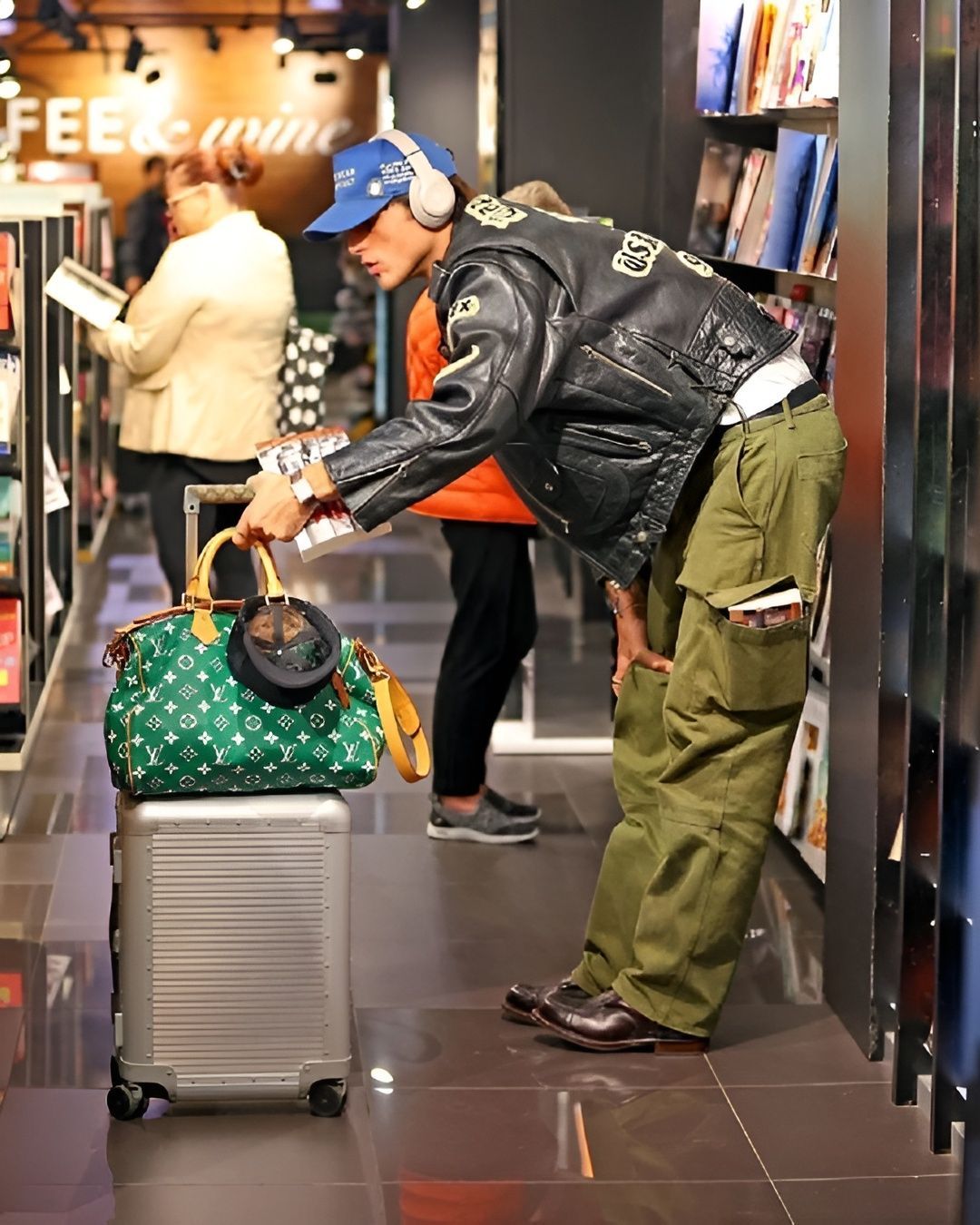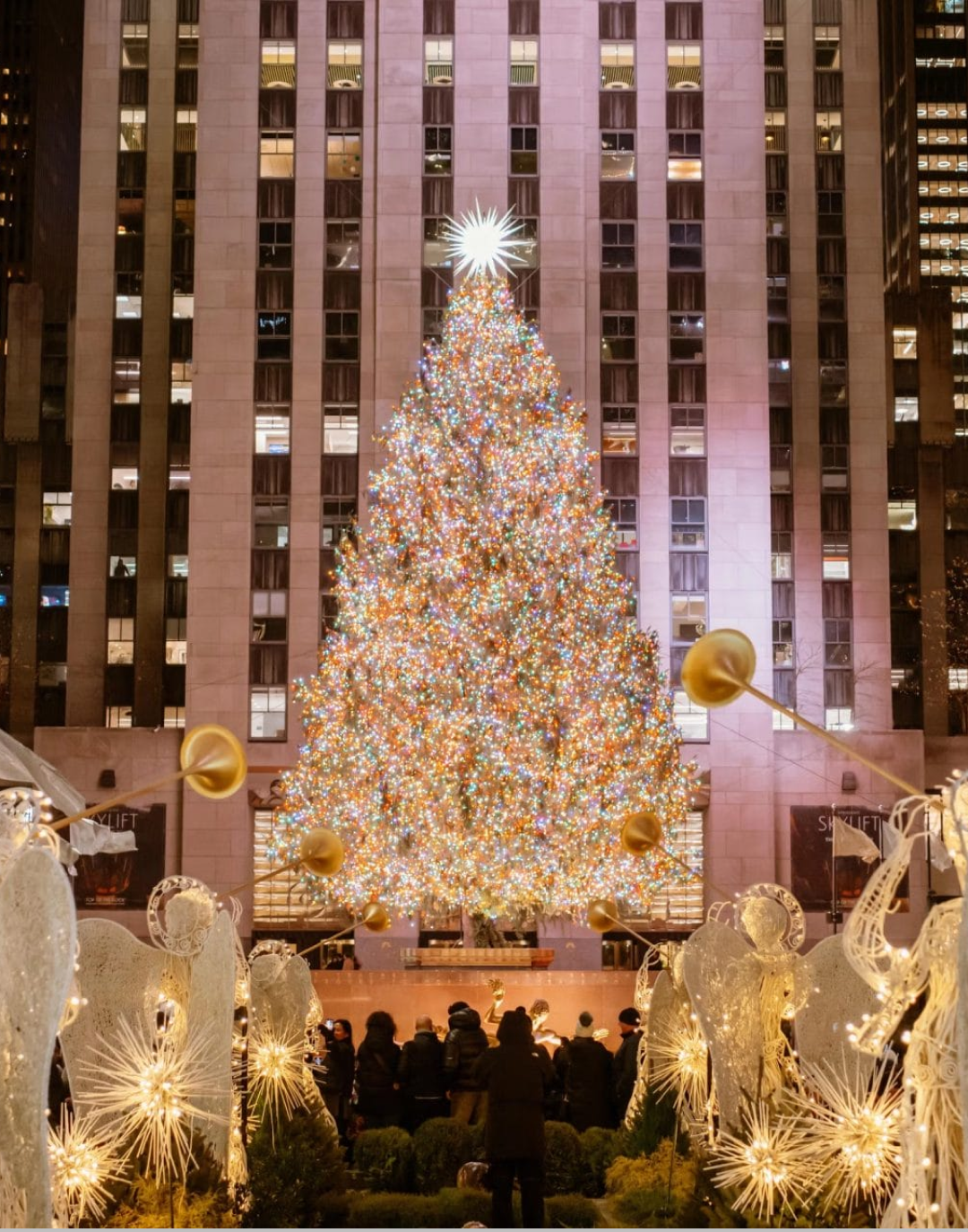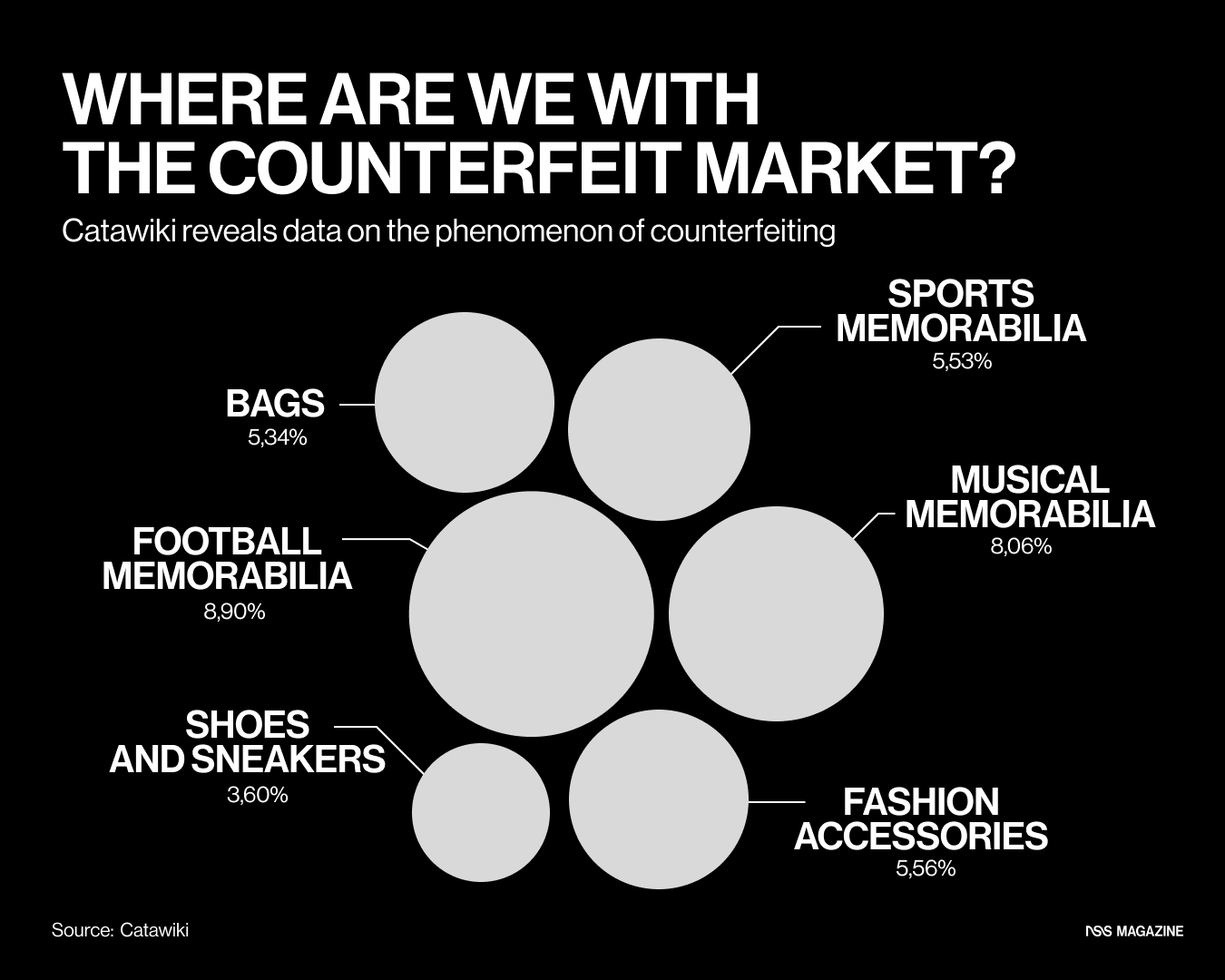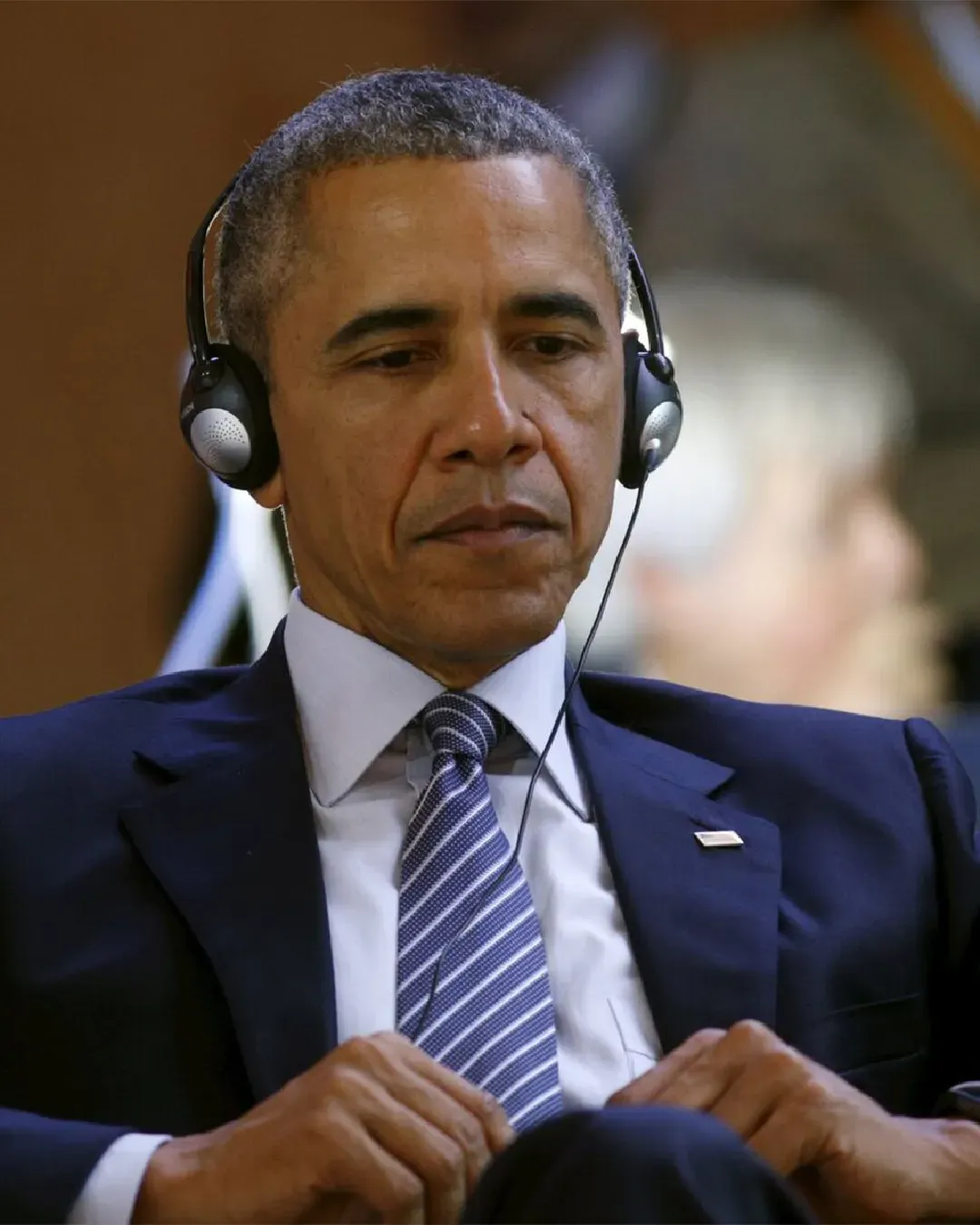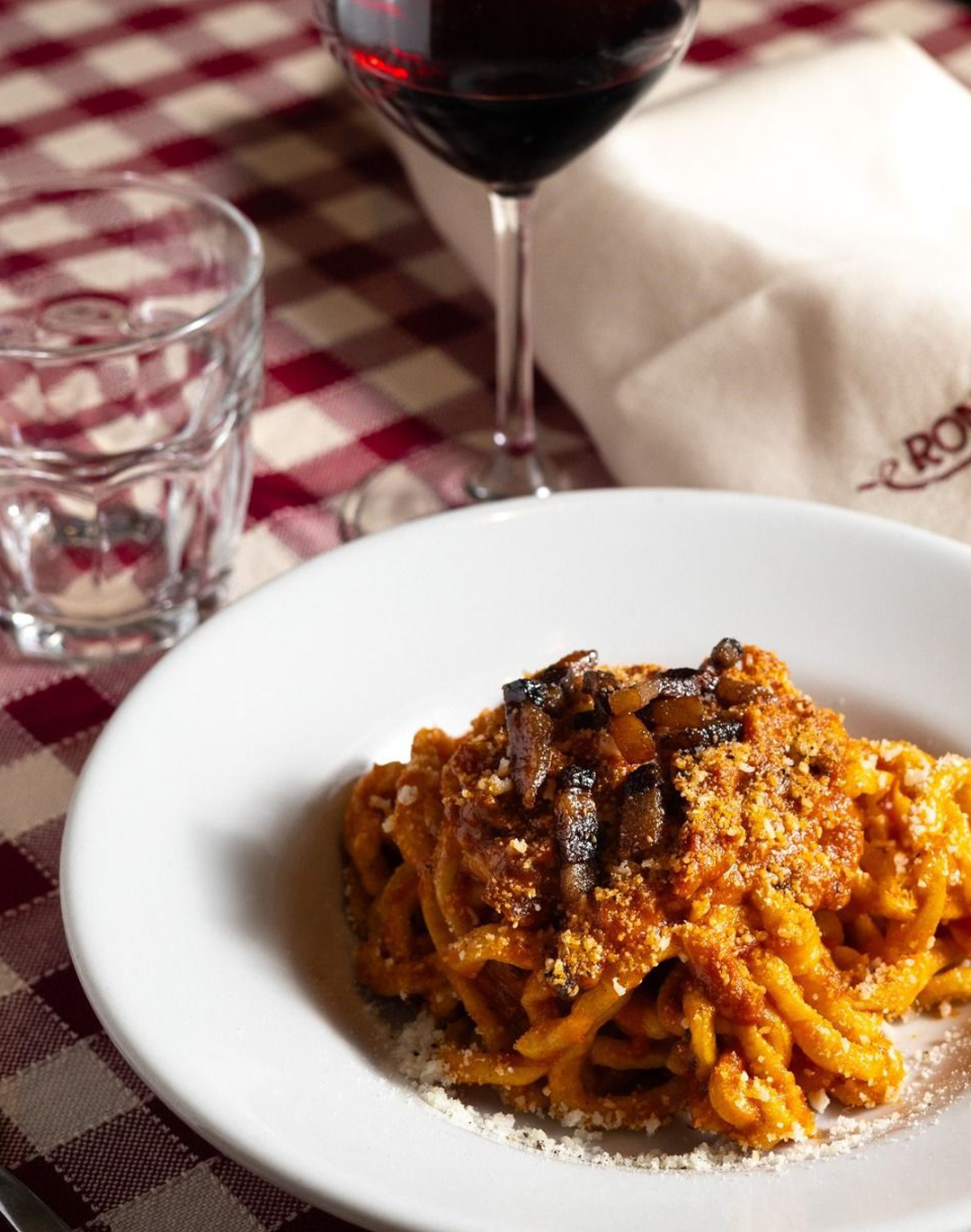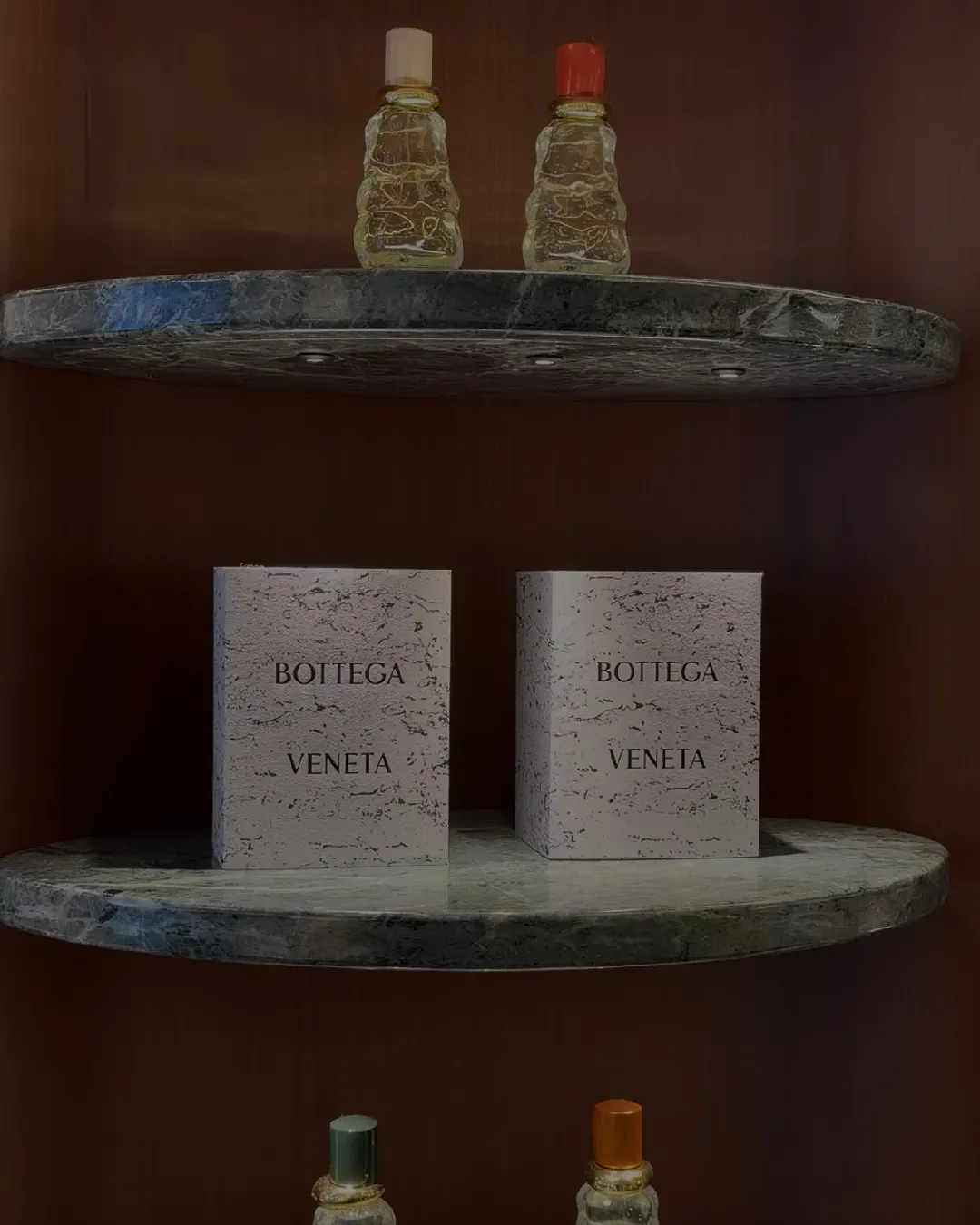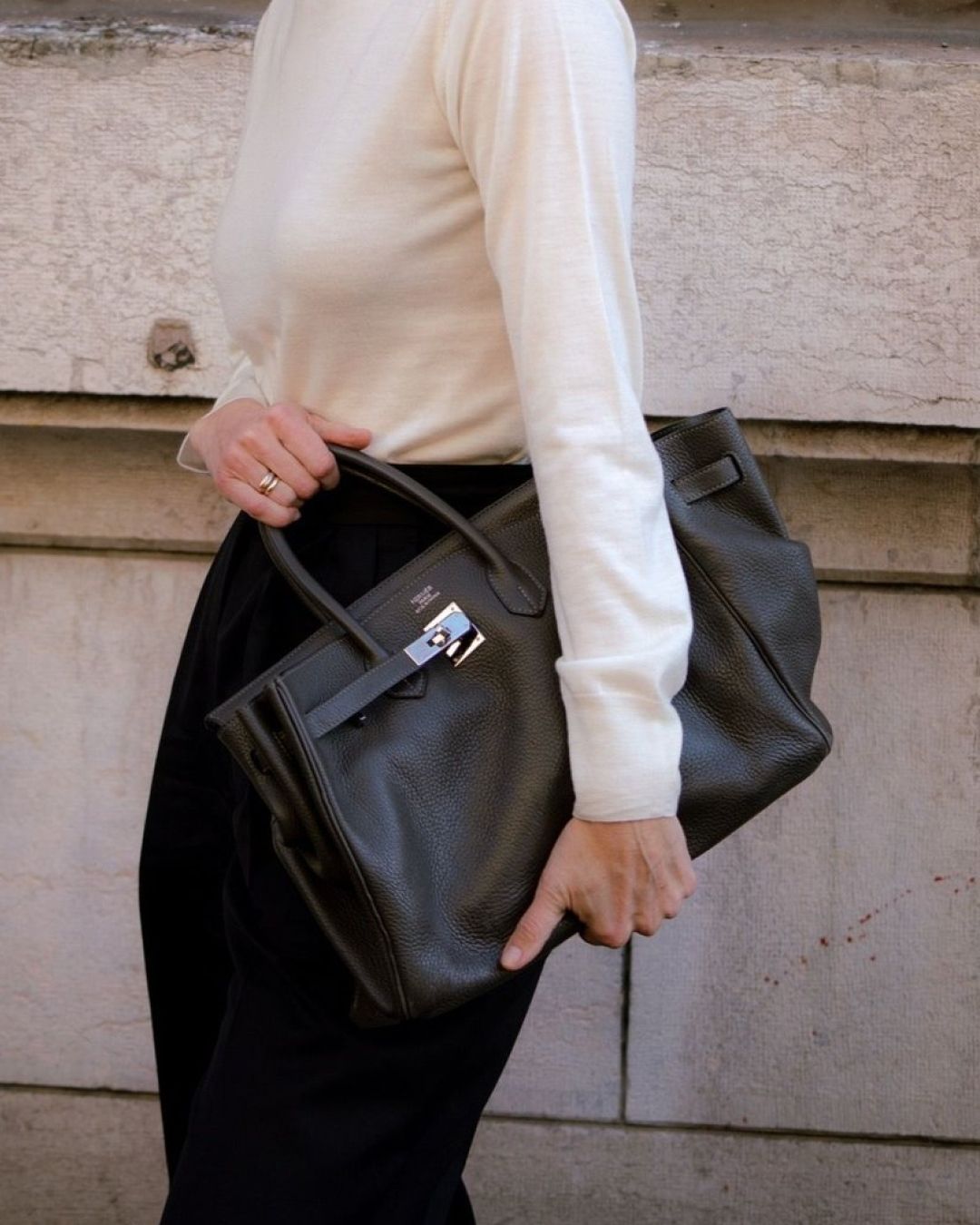
Where are we with the counterfeit market? The sore point of the fashion system persists

Dupe, fakes, counterfeits. In the language of luxury, these words still carry the weight of a taboo—an indelible stain on a brand’s image. Despite the joint efforts of luxury houses, cutting-edge technologies, and teams of seasoned authentication experts, the fake market not only persists—it evolves. Today, it’s less a matter of volume than of quality. In theory, thanks to expert knowledge and ongoing advancements in AI-based authentication tools, counterfeits should be in steep decline. Instead, these very improvements have raised the bar, pushing counterfeiters to perfect their craft and making the job of authentication increasingly subtle, even in settings where an expert glance once sufficed. Japan is a prime example: long considered one of the most reliable resale markets in the world, the country employs a strict verification process known as “kaitori”, backed by some of the world’s toughest anti-counterfeiting laws. Their meticulous inspection routines cover everything from leather and stitching to serial numbers and even UV light scans to detect microscopic details invisible to the naked eye. And yet, something is shifting. As Vidyuth Srinivasan, CEO of Entrupy, explained in a recent interview with the Japan Times, counterfeiters have reached a level where it’s nearly impossible to distinguish textures, finishes, and even the matte appearance of certain materials. What once were clear signs of a fake are now replicated with near-surgical precision. But the issue isn’t just technological. According to the State of The Fake Report 2025, the counterfeit rate in the resale market remained stable at 8.4% in 2024. While tech evolves, fakes are going viral—#dupe has surpassed 6.3 billion views on TikTok—and are increasingly seen not as scams, but as conscious consumer choices. So why, after decades of fighting, is it still so hard to eliminate the counterfeit market?
Fakes are becoming more sophisticated
Though the fight against counterfeits is being waged on multiple fronts, the data tells a different story. According to the latest report from Catawiki, the international online auction platform, over €10 million worth of counterfeit items were blocked in 2024 alone, up 20% from two years ago. In Italy, more than €3 million worth of fake items were intercepted before ever reaching the platform, with fakes concentrated in categories most prone to collectible hype: football memorabilia (8.9%), music collectibles (8.06%), bags (5.34%), sneakers (3.60%), and fashion accessories. What’s even more striking is the speed at which new segments are becoming fertile ground for counterfeiters. Pokémon cards saw a +172.60% spike in fakes in just one year, followed by pens and lighters (+114.41%), and sneakers (+30.49%). It’s a phenomenon no longer confined to traditional luxury but spread across every coveted, rare, or nostalgic object. Meanwhile, Entrupy confirms the problem is systemic: in 2024, the counterfeit rate for bags and sneakers declined only marginally—from 8.9% to 8.4%—with no significant drop in absolute volume.
And yet, between the end of 2024 and the first half of 2025, public debate seemed to signal a turning point. The concept of the digital passport—an NFC chip–based traceability system designed to guarantee authenticity, origin, and sustainability—was hailed as the new gold standard for responsible luxury. Both fashion houses and marketplaces began implementing it, betting on a technology able to certify every item from the factory floor to the final reseller. But, once again, reality proved more complex. During the Spot the Fake workshop held in Milan, Lorenzo Altimani, a fashion expert at Catawiki, demonstrated how next-gen superfakes are already able to clone NFC chips. In some cases, these chips function correctly and even return a “verified” result when scanned by a smartphone. Digital simulation has become a built-in part of the deception, turning a supposed guarantee into little more than an illusion. If even the most advanced systems can be replicated, it becomes clear that technology alone is not enough. That’s why Catawiki has adopted a hybrid approach—combining digital analysis with hands-on assessment from a team of professional experts. Every bag, every item passes through skilled hands before reaching the end consumer.
A cultural (and economic) issue
@davidslifestyle6 Why I continue to order from the little yellow app #bougieonabudget #designerforless #affordablefashion #designerunboxing #luxuryforless #yellowapp #haul #handbag #unboxing
original sound - davidslifestyle6
Innovation in the counterfeit market isn’t only driven by increasingly refined production techniques—it also stems from a radical shift in cultural perception. Not long ago, getting caught with a fake item could lead to embarrassment and social stigma. Today, especially among younger consumers, that stigma has all but disappeared. We previously covered the rise of DHGate, a Chinese marketplace dedicated entirely to so-called dupes, high-quality 1:1 copies. No longer poorly made knockoffs, but almost indistinguishable replicas, available for a fraction of the original price. This surge in popularity is driven, in part, by specific economic conditions. According to RetailBrew, the exponential rise in trade tariffs between the U.S. and China has had (and will continue to have) a drastic impact on luxury prices. In response, Chinese factories have started targeting Western consumers directly through social platforms, bypassing both traditional retailers and customs fees.
Srinivasan also confirms this link between rising tariffs and the spread of counterfeits, noting that high import duties, particularly on Chinese-made luxury goods, have made many items from well-known brands simply unaffordable for a broad base of consumers, especially those who aspire to luxury but are not brand loyalists. Under growing economic pressure, it’s no surprise that many consumers turn to more affordable alternatives, creating fertile ground for counterfeiters to thrive. The trend is particularly visible on social media, where in just a few months, content promoting Birkin, Kelly, Boy Bags, and other iconic pieces – allegedly sold by “Chinese manufacturers” – has exploded. The message is simple: skip official retailers, go straight to the source, and save money. These videos often claim the products are genuine factory surplus from the same factories that produce for top luxury brands, implying they’re the exact same items, just cheaper. But as Srinivasan explains, this is a carefully crafted illusion. The notion of “factory direct” is meant to reassure the buyer and make them feel like an insider. In reality, these are high-quality counterfeits marketed with clever messaging, tailored to the language of social media and younger generations.
Is the counterfeit market the cause, or just a symptom?
The thing about videos saying a knockoff product is exactly the same as a more expensive product is that most people don’t know what they’re looking for, which makes them incredibly easy to scam. Hermes bags are a good example of this.
— Cora Harrington (@CoraCHarrington) April 13, 2025
Despite continued investments by luxury houses, marketplaces, and next-gen technologies to fight counterfeiting –from artificial intelligence to blockchain systems – the truth is that this battle is being waged on the wrong front. The root of the issue isn’t external to the industry, it’s internal. The fashion system itself has created the ideal conditions for counterfeits to thrive. In recent years, luxury prices have skyrocketed, often without any clear link to product quality. Even Andrea Guerra, CEO of Prada Group, acknowledged this disconnect as a kind of industry-wide mea culpa. The logic of exclusivity, artificial scarcity, and brand positioning has turned access to luxury into an increasingly elitist experience—one that is far removed from the economic realities of most consumers. Within this framework, counterfeits are no longer seen as deceit, but as a legitimate alternative: a way to symbolically participate in an aesthetic and collective identity otherwise out of reach. In the State of the Fake Report, Srinivasan notes that today, buying a fake has become “almost an act of rebellion”. It’s not about being tricked anymore, it’s about rejecting the codes of a system that excludes and frustrates: “These prices aren’t made for me, this economy doesn’t work for me – but I still want what I desire. Why should I go without?” This mindset is echoed across TikTok and other platforms, where dupes, fakes, and ‘money-saving hacks’ are spreading fast and wide.
What becomes clear is that audiences are no longer just interpreting fashion’s codes—they’re actively subverting them, whether those codes are economic, social, or aesthetic. Even though platforms like Catawiki and Entrupy are successfully intercepting thousands of fake items every day, their impact remains relative: they’re addressing the symptoms, not the cause. It’s an endless race in which the finish line keeps moving. Every time a new verification system is introduced, counterfeiters find a way to bypass it—often with startling speed. Unless the luxury world begins to critically examine its own model—not just from an ethical or sustainability standpoint, but economically and symbolically as well—counterfeiting will continue to flourish. Not as an external threat, but as an internal response: a precise, unsettling mirror of the industry’s own contradictions.


